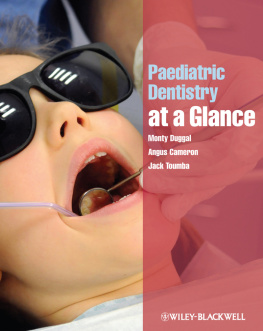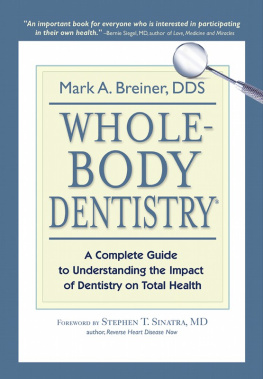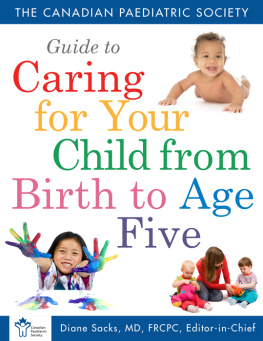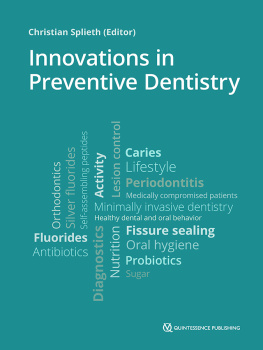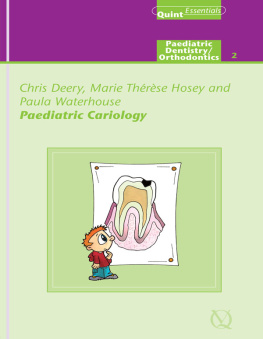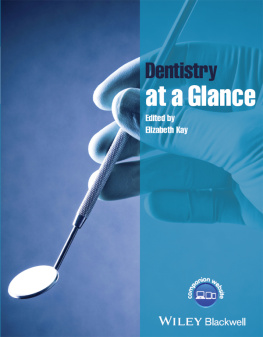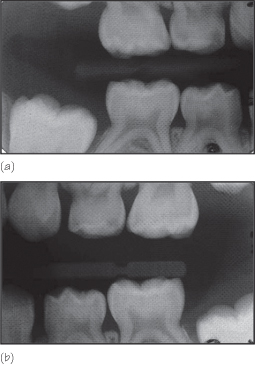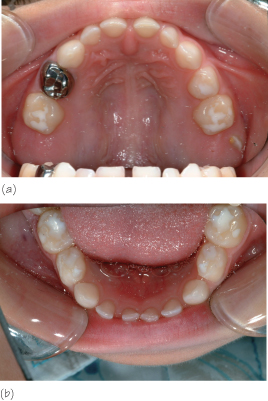
Titles in the dentistry At a Glance series
Orthodontics at a Glance
Daljit S. Gill
978-1-4051-2788-2
Periodontology at a Glance
Valerie Clerehugh, Aradhna Tugnait, Robert J. Genco
978-1-4051-2383-9
Dental Materials at a Glance
J. A. von Fraunhofer
978-0-8138-1614-2
Oral Microbiology at a Glance
Richard J. Lamont, Howard F. Jenkinson
978-0-8138-2892-3
Implant Dentistry at a Glance
Jacques Malet, Francis Mora, Philippe Bouchard
978-1-4443-3744-0
Prosthodontics at a Glance
Irfan Ahmad
978-1-4051-7691-0
Paediatric Dentistry at a Glance
Monty Duggal, Angus Cameron, Jack Toumba
978-1-4443-3676-4
This edition first published 2013
2013 by John Wiley & Sons Ltd.
Wiley-Blackwell is an imprint of John Wiley & Sons, formed by the merger of Wileys global Scientific, Technical and Medical business with Blackwell Publishing.
Registered office: John Wiley & Sons, Ltd, The Atrium, Southern Gate, Chichester, West Sussex, PO19 8SQ, UK
Editorial offices: 9600 Garsington Road, Oxford, OX4 2DQ, UK
The Atrium, Southern Gate, Chichester, West Sussex, PO19 8SQ, UK
2121 State Avenue, Ames, Iowa 50014-8300, USA
For details of our global editorial offices, for customer services and for information about how to apply for permission to reuse the copyright material in this book please see our website at www.wiley.com/wiley-blackwell.
The right of the author to be identified as the author of this work has been asserted in accordance with the UK Copyright, Designs and Patents Act 1988.
All rights reserved. No part of this publication may be reproduced, stored in a retrieval system, or transmitted, in any form or by any means, electronic, mechanical, photocopying, recording or otherwise, except as permitted by the UK Copyright, Designs and Patents Act 1988, without the prior permission of the publisher.
Designations used by companies to distinguish their products are often claimed as trademarks. All brand names and product names used in this book are trade names, service marks, trademarks or registered trademarks of their respective owners. The publisher is not associated with any product or vendor mentioned in this book. This publication is designed to provide accurate and authoritative information in regard to the subject matter covered. It is sold on the understanding that the publisher is not engaged in rendering professional services. If professional advice or other expert assistance is required, the services of a competent professional should be sought.
Library of Congress Cataloging-in-Publication Data
Duggal, Monty S.
Paediatric dentistry at a glance / Monty Duggal, Angus Cameron, Jack Toumba.
p. ; cm. (At a glance series)
Includes bibliographical references and index.
ISBN 978-1-4443-3676-4 (pbk. : alk. paper)
I. Cameron, Angus C. II. Toumba, Jack. III. Title. IV. Series: At a glance series (Oxford, England)
[DNLM: 1. Dental Care for ChildrenHandbooks. 2. ChildHandbooks. 3. Tooth Diseases
Handbooks. WU 49]
617.6'45dc23
2012015790
A catalogue record for this book is available from the British Library.
Wiley also publishes its books in a variety of electronic formats. Some content that appears in print may not be available in electronic books.
Cover image: courtesy of the authors
Cover design by Meaden Creative
Planning Treatment for Children
General Philosophy of the Authors
Dentists who treat children are in a unique position not only to provide dental treatment when required, but to influence the future behaviour, attitudes to oral health and attitude towards dentistry in general. Children deserve the highest quality care and highest quality restorative dentistry should be provided to them, supplemented with rigorous prevention. Prevention of dental caries in children should be a priority but sadly nearly half of 5-year-olds, even in developed countries, still develop dental caries. A non-interventionist approach, as has been advocated in some countries such as the UK, or poor restorative patchwork dentistry, is doomed to failure and only leads to pain, infection and suffering in children, requiring more invasive interventions. These are traumatic and expensive and negatively influence the childs future behaviour and attitudes to dentistry. Good restorative and preventive care obviates the need for extraction of primary teeth under general anaesthesia, a practice which should have only a small place in the dental care of young children. In addition, in a developing child, the dentist has the task of monitoring the dentition, diagnosis and management of anomalies as well as having a knowledge of medical conditions and the provision of safe restorative care for children.
Philosophy of Treatment Planning
- Gain the trust and cooperation of the child.
- Make an accurate diagnosis and devise a treatment plan appropriate to the childs need.
- Comprehensive preventive care.
- Deliver care in a manner the child finds acceptable.
- Use materials and techniques which provide effective and long-lasting results.
History
This should include medical history, social history, history of the present complaint and the past dental history. What were the likes and dislikes of the child at previous dental visits? In addition, parents assessment of the previous and expected childs behaviour is useful.
Examination
- A good examination using tellshowdo, including charting for teeth present and caries, including areas of early decalcification.
- Any missing teeth.
- Gingival health.
- Developmental defects.
- Tooth surface loss.
- Initial occlusal assessment.
Radiographs and Other Investigations
Appropriate radiographs such as bitewings or OPG (Chapter 10) or any other special tests such as pulp sensibility tests.
Diagnosis
In children the diagnosis needs to encompass two aspects:
- diagnosis of the dental/oral condition;
- the childs behaviour and the behavioural approach likely to succeed in provision of the treatment.
Diagnosis should be specific. For example, a diagnosis dental caries in itself is incomplete as it does not specify the reason the child has dental caries. The root cause of the problem cannot be addressed unless a specific diagnosis is made.
Formulating Treatment Plan
An example of a treated case and the step-by-step treatment plan is shown is respectively. When managing caries in children this should relate to:
- prognosis of the affected teeth;
- childs behaviour and likely acceptance of the treatment.
Intra-oral view showing the carious upper (a) and lower (b) primary molars.
Bitewing radiographs showing extent of caries.
Intra-oral view showing upper (a) and lower (b) arches at the end of treatment.
Postoperative radiographs of the treated case.
Next page
